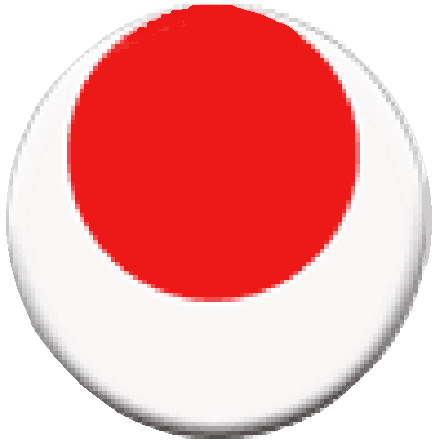 |
Karate-do literally translated from the Japanese
language is the way of the empty hand. Karate-do is an empty-handed art of self-defence
in which the hands and legs of the exponent are trained in techniques whereby
even surprise attacks can be warded off by the karate practitioner with his bare
hands as if using actual weapons.
A very important aspect of Karate-do training
is the development of character so that the Karate player can surmount any obstacle
tangible or intangible. Hard training helps the karateka train the mind to overcome
mental obstacles like fear, anger, excitement etc. Simultaneously, it also develops
the physique of the trainee such that physical obstacles can be overcome with
the help of karate training.
The kata in karate-do is a complete form of exercise
as the karate practictioner masters all body movements.The kata helps an all round
developement of the complete physique as katas contain movements like bending,
jumping etc. which help the body remain supple Karate kata while exercising the
body also teaches the karate practictioner a variety of techniques for both defence
and attack. Defensive measures are blocks, evasions by body shifting,and attacks
are by ways of punching, striking or throwing and kicks. Various locks and holds
are also used for the purpose of joint manipulations. All these techniques of
karate-do are well controlled according to the karate player's will power. Punches,
kicks and strikes are directed at the target accurately and with maximum power
but during practice a blow is stopped before it comes in contact with a vital
point.
Dai Sensei Funakoshi Gichin added the the suffix "-do"
(pronounced "doe") meaning "way," to the word "kara-te"
hence the term "karate-do". By this the practictioner implies
that karate is a total way of life that goes well beyond the self-defense applications.
In traditional karate-do, it is always important to keep in mind that in life
the true opponent is oneself. |


